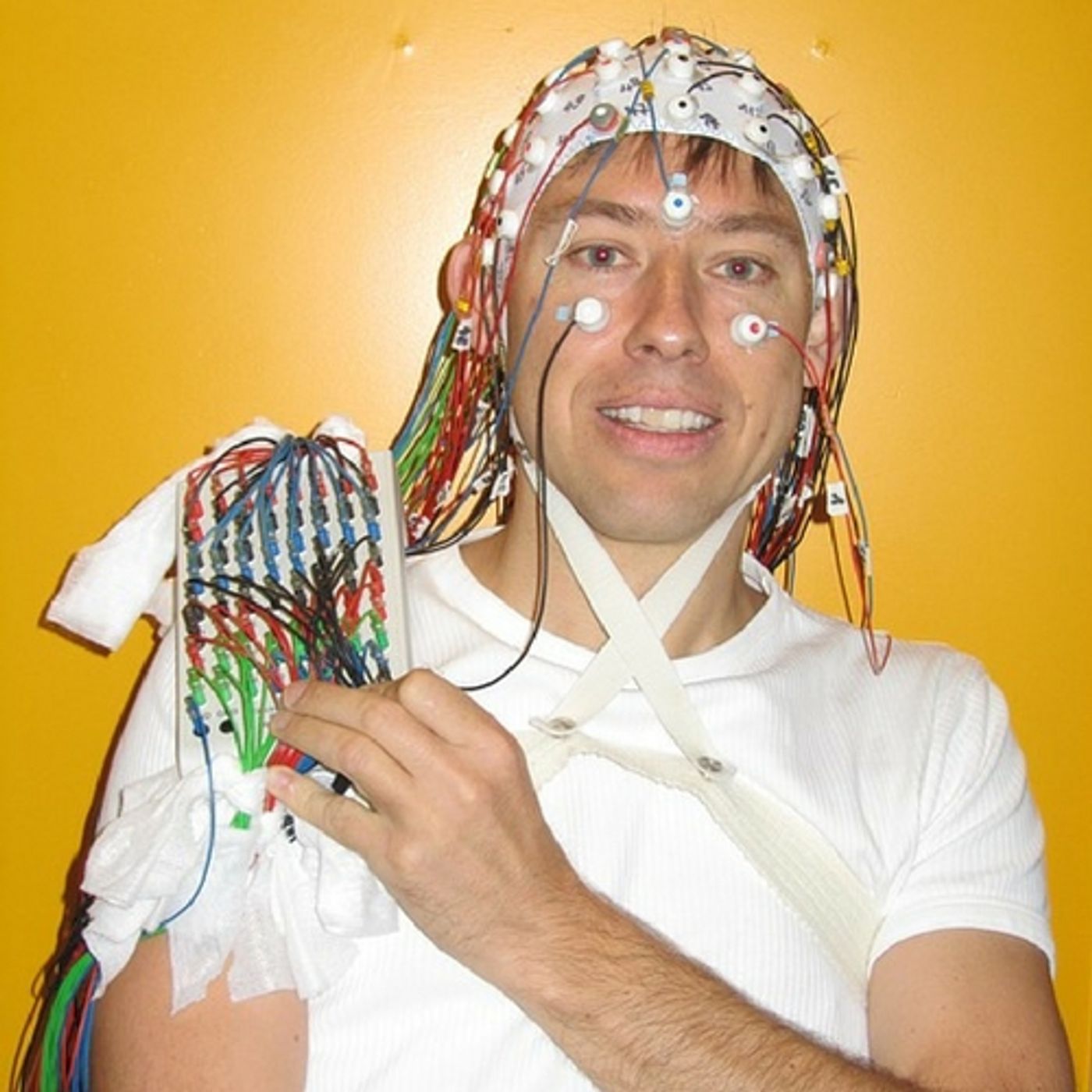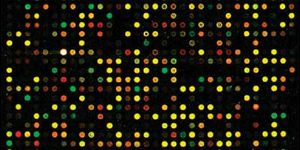Can an EEG Read Your Mind?
Picture a scene in which a cap with electrode sensors is fitted on to a person's scalp, connected to an electroencephalogram (EEG) scanner and activity from the person's brain can be recorded, and thoughts can be read, with a 98% accuracy rate. Is this a Twilight Zone episode or the plot of a new sci-fi thriller?
No, it's recent research from experts at the University of Toronto Scarborough, and it's causing quite a stir in the field of neuroscience. While the technology and work that went into this project are impressive, what are the ethical, moral and legal issues surrounding such a device?
The project, led by Dan Nemrodov, a postdoctoral fellow in Assistant Professor Adrian Nestor's lab at U of T Scarborough, can take EEG readings from patients who look at photos of faces and then, with excellent accuracy reproduce what the faces look like, just by crunching the data from the EEG. It's a brave new world that could have a significant impact on medical treatments for patients with dementia, locked in syndrome or other neurological deficits, but should there be limits to using it for other purposes?
Nemrodov explained, "When we see something, our brain creates a mental percept, which is essentially a mental impression of that thing. We were able to capture this percept using EEG to get a direct illustration of what's happening in the brain during this process." The technique uses machine learning algorithms to digitally recreate the facial images viewed by the study participants. Professor Nestor has extensive experience in this field of research. His lab has done studies that recreate digital images of visual stimuli in the past, but those projects, functional MRI (fMRI) scans were used. Getting the technology to work with more basic equipment like the EEG equipment is a first.
In brain research, using fMRI scans is common, and the technology of tracking brain activity by observing blood flow is considered the gold standard, but EEG machines are more practical, even if they are a lower tech option. EEGs are less expensive, are portable and according to the team at the university have greater "temporal resolution" which means they can more accurately pinpoint how precepts happen, often within milliseconds. Nemrodov wrote, "fMRI captures activity at the time scale of seconds, but EEG captures activity at the millisecond scale. So we can see with very fine detail how the percept of a face develops in our brain using EEG," he says. In fact, the researchers were able to estimate that it takes our brain about 170 milliseconds (0.17 seconds) to form a good representation of a face we see." According to Nestor and Nemrodov, there was a lot of doubt in the research community about whether or not EEG data could produce reliable results in this way and the study showed that yes, the data could be mined to reveal the images shown to patients.
While there are dozens of possible clinical applications for the technique, there are some ethical concerns as well. Using it to help patients who cannot always communicate effectively is one thing, but any use for law enforcement or legal battles would be problematic. Still, it's good to know that this process is possible. More work is planned to fine tune the technique. The video below features the team in Toronto, check out their work for yourself.
Sources: University of Toronto-Scarborough, eNeuro, CBC









